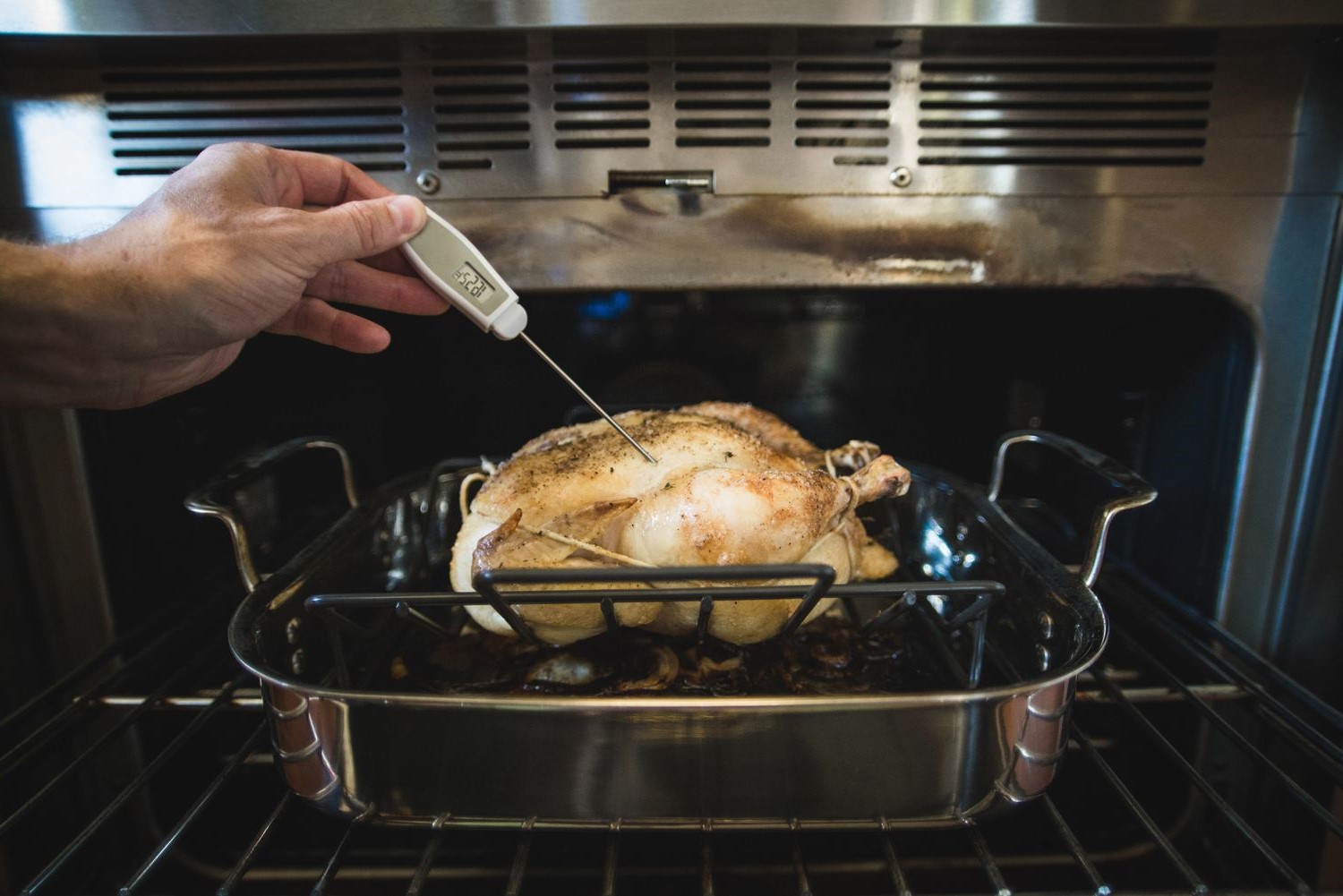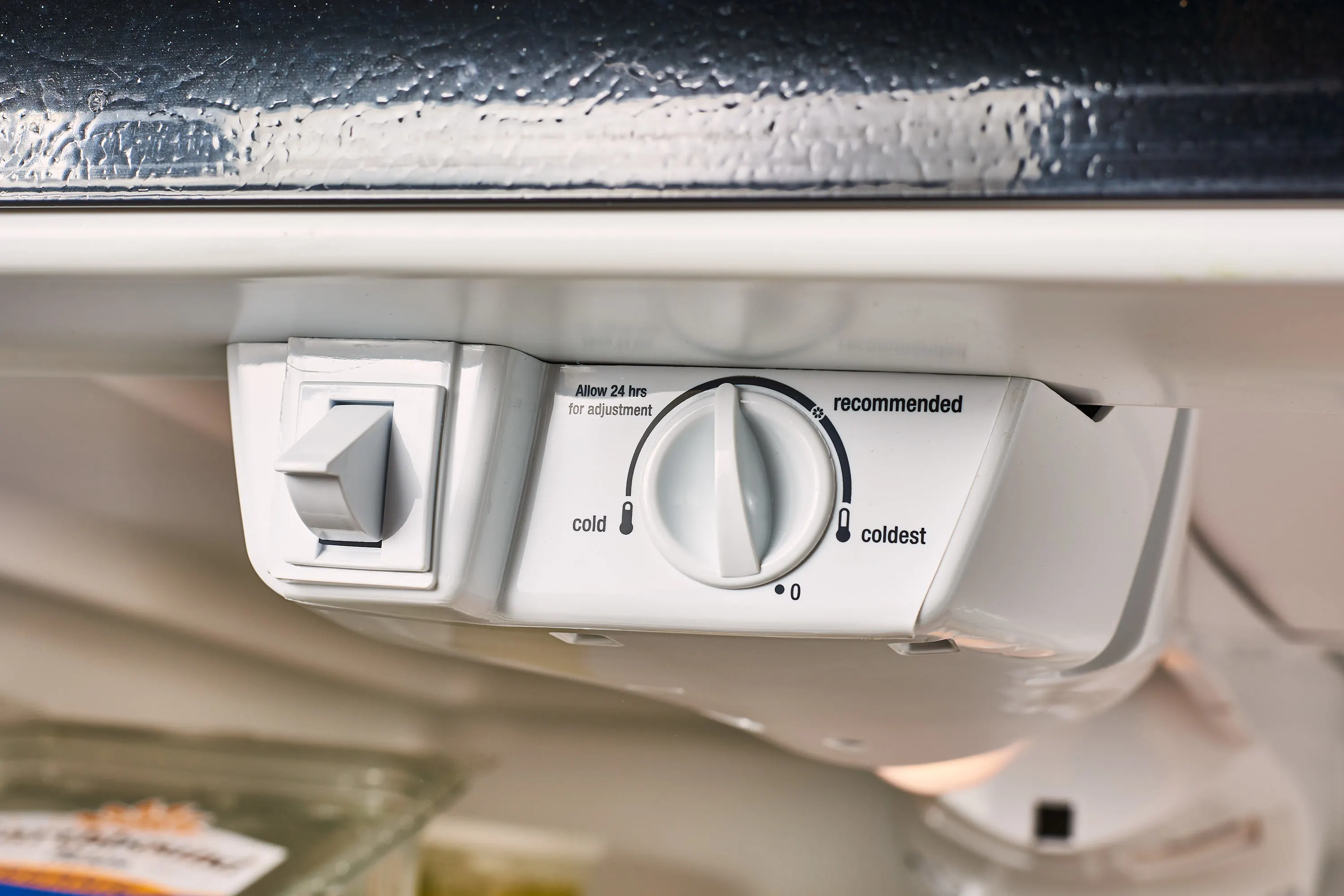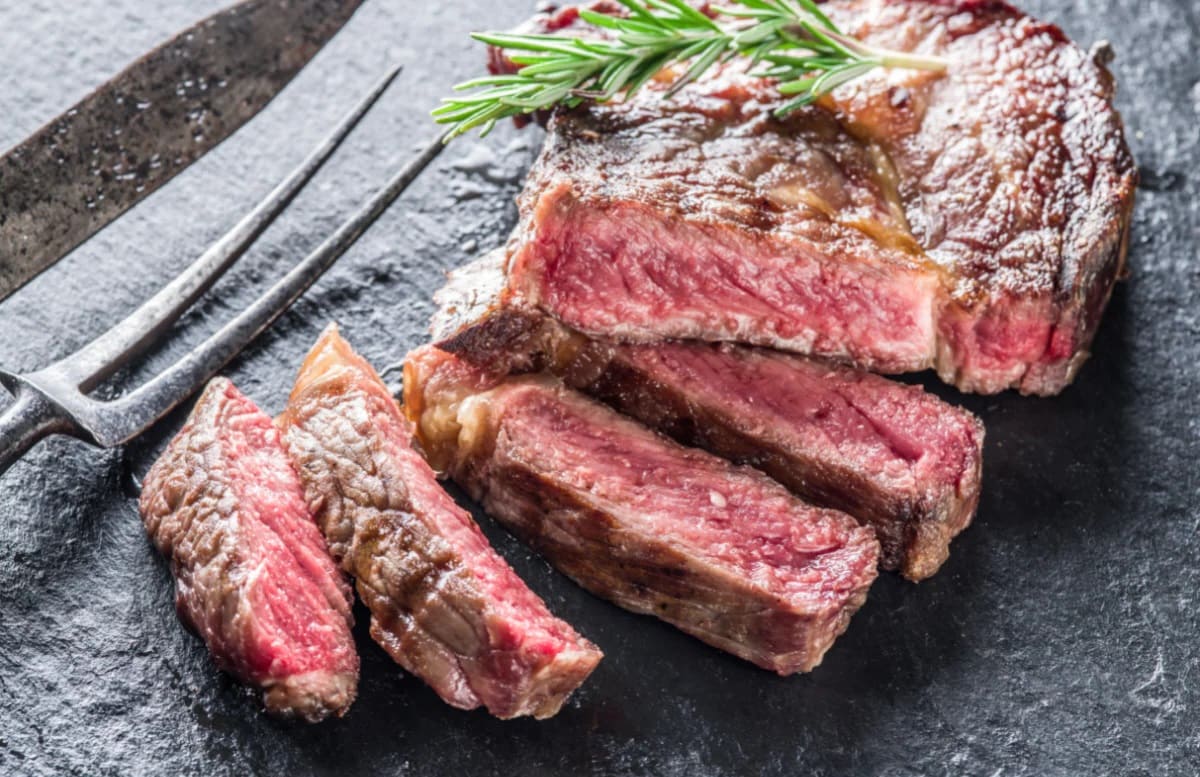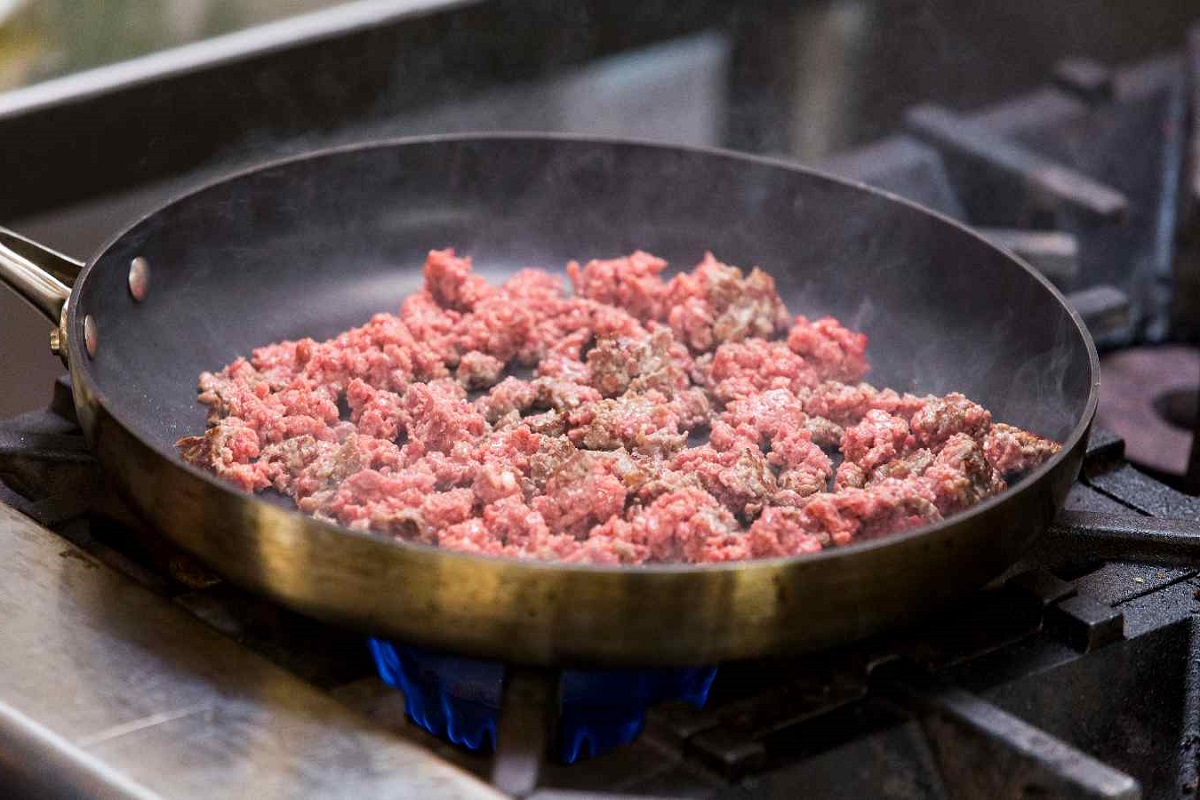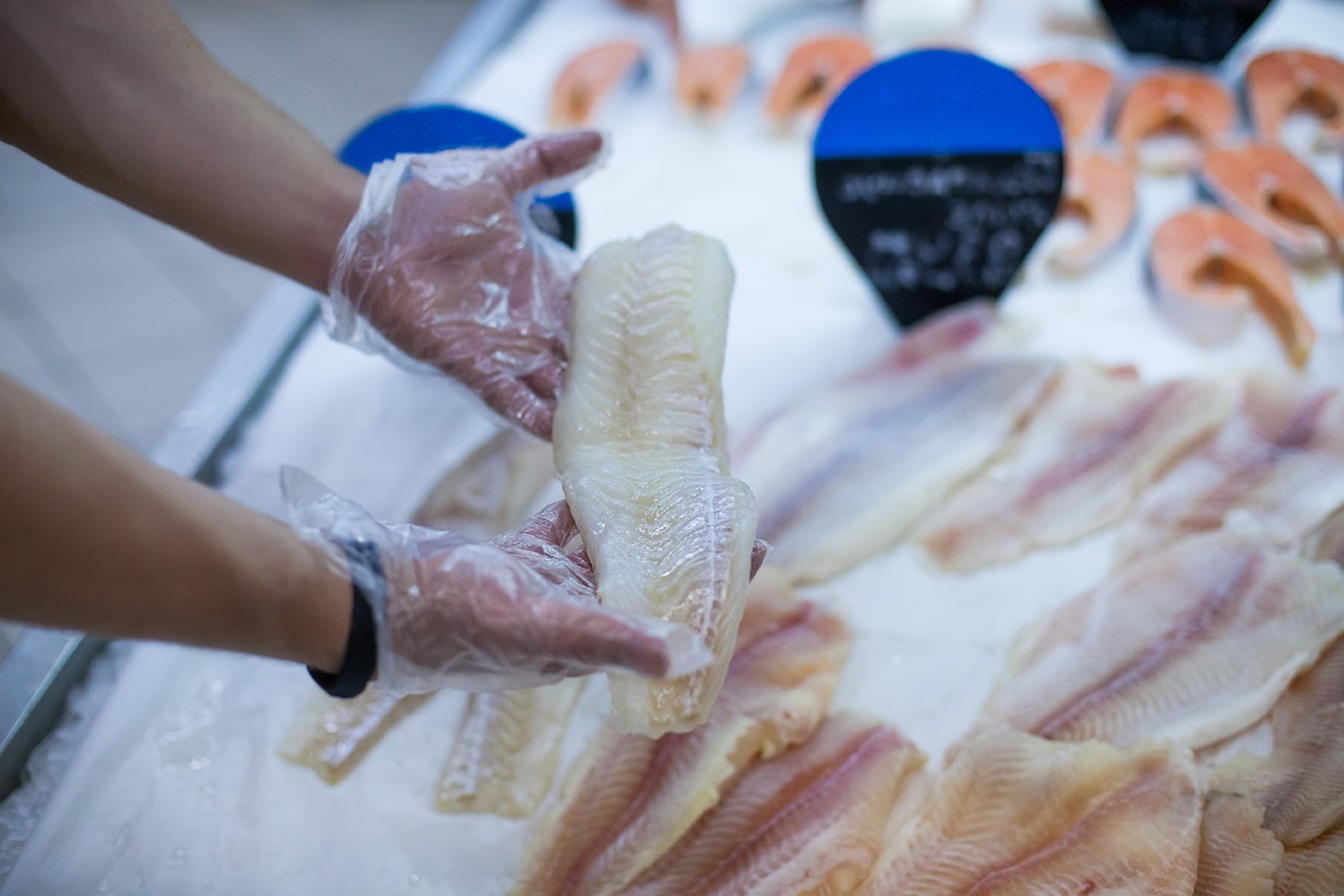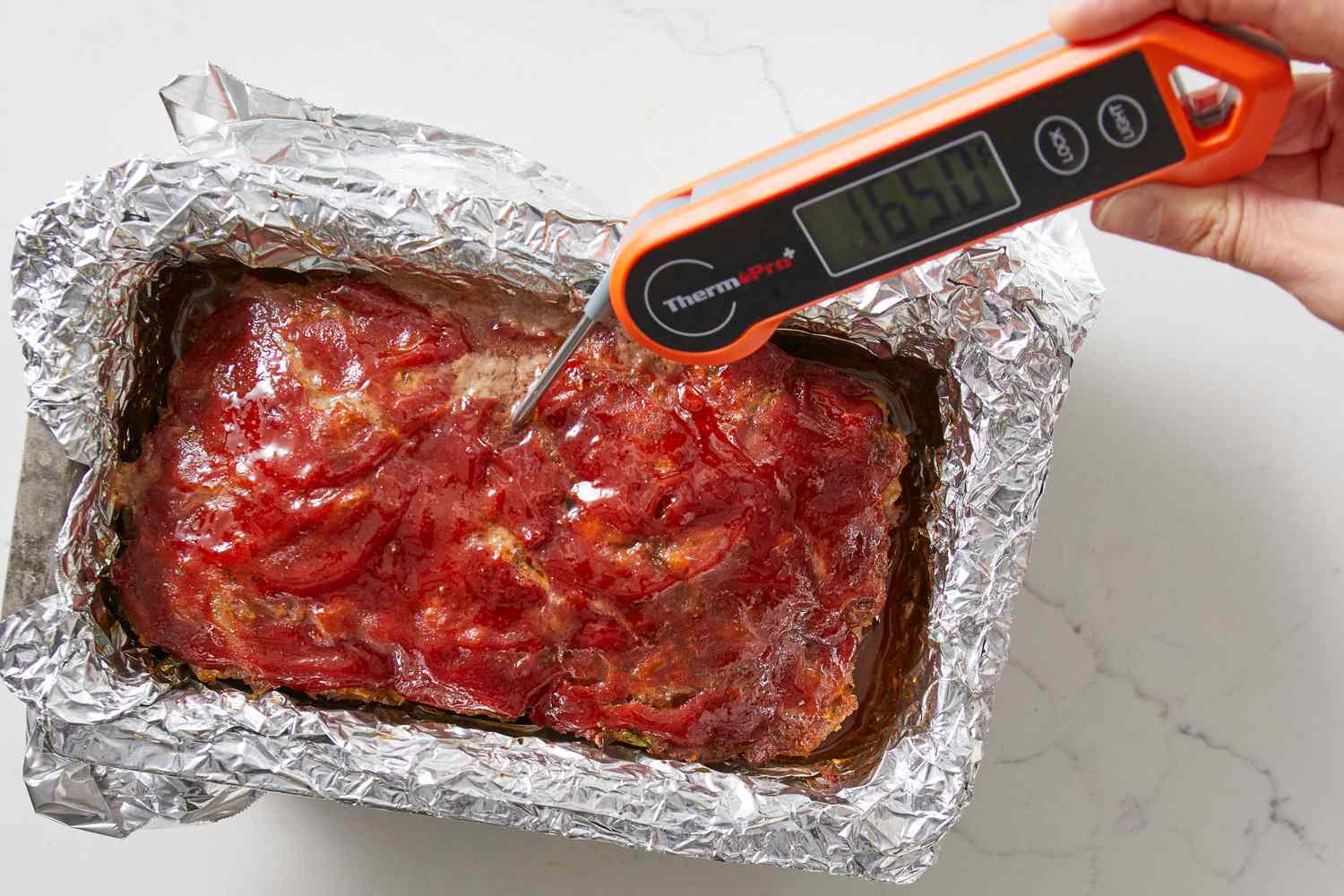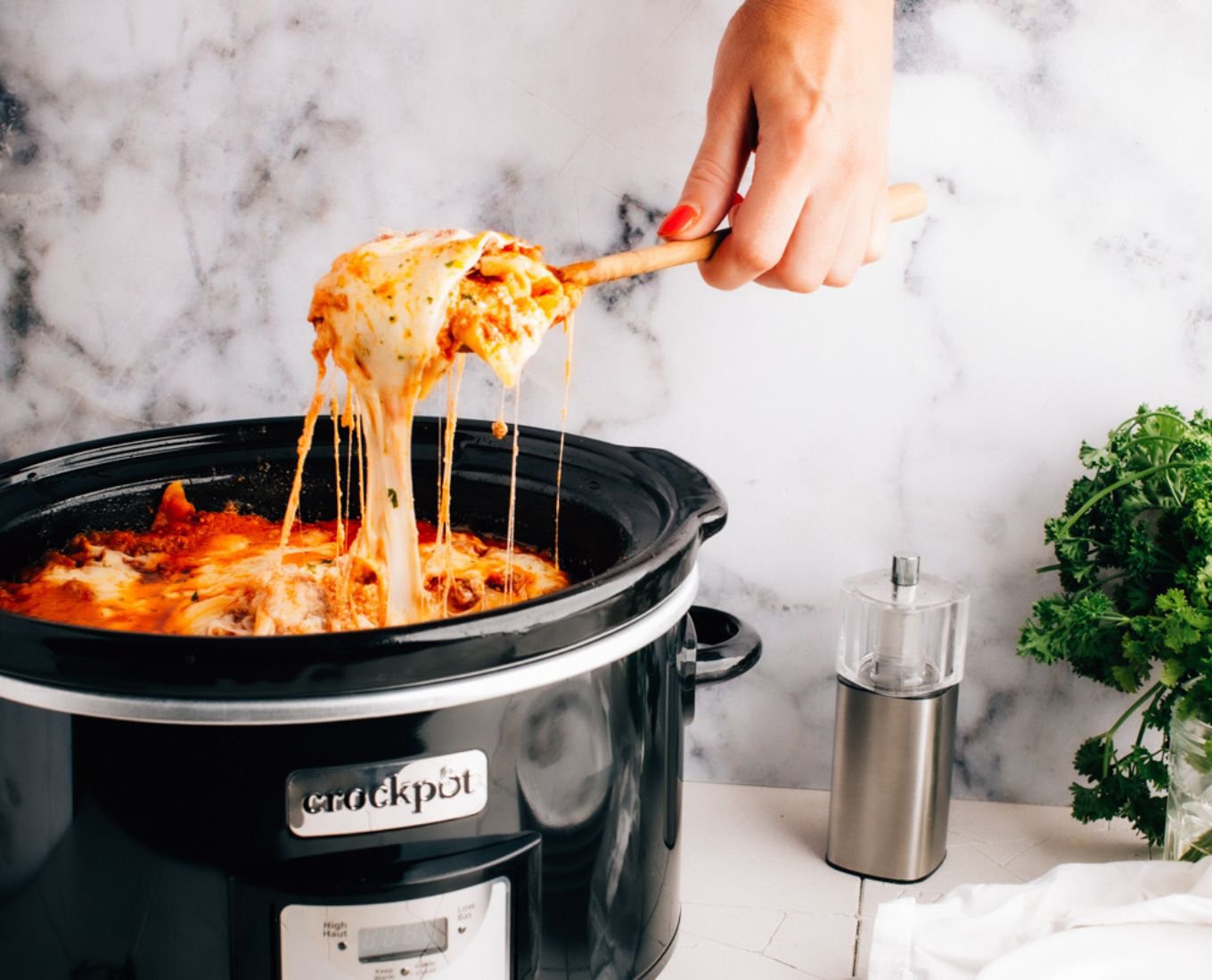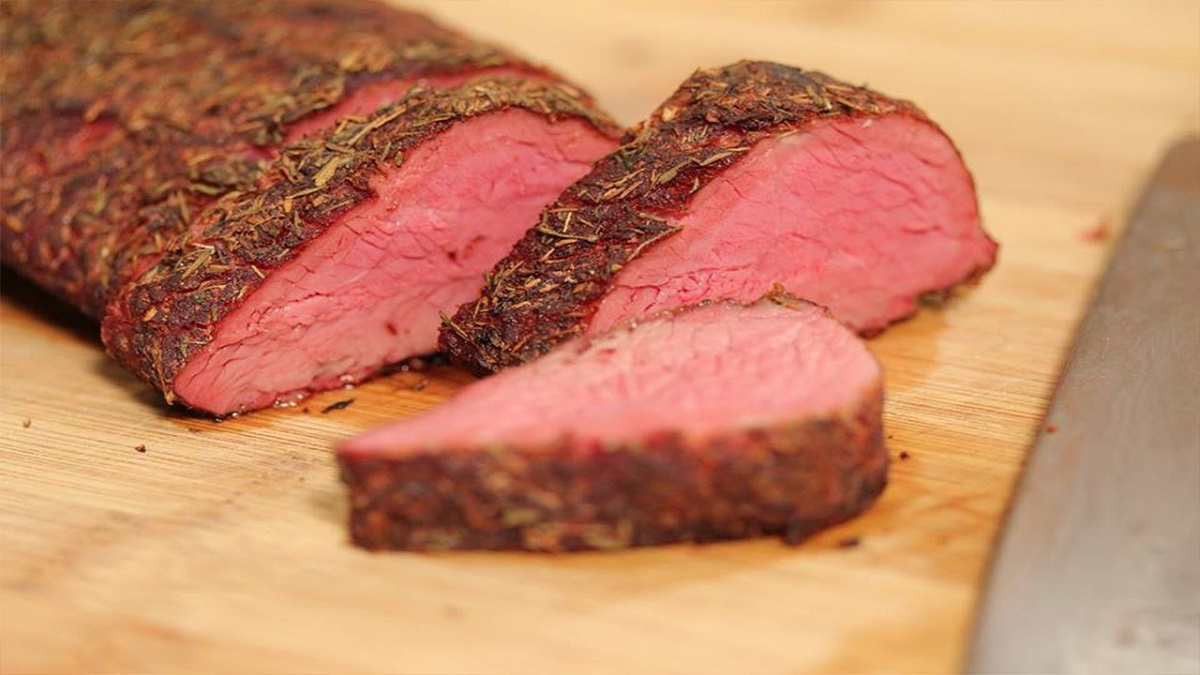Home>Culinary & Beverages>Turkey Cooking Temperature: How To Know When Your Turkey Is Done
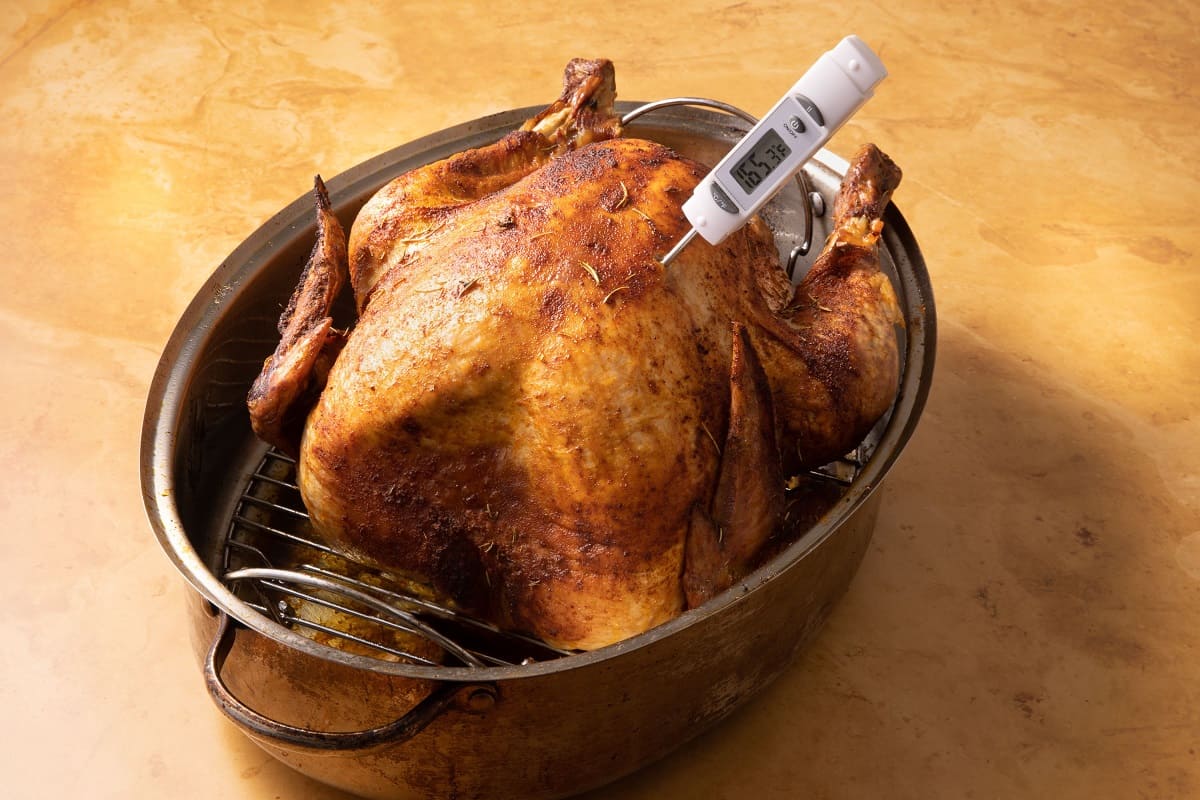

Culinary & Beverages
Turkey Cooking Temperature: How To Know When Your Turkey Is Done
Published: February 22, 2024
Learn the perfect turkey cooking temperature and how to determine when your turkey is done. Essential tips for a delicious Thanksgiving feast. Culinary & Beverages.
(Many of the links in this article redirect to a specific reviewed product. Your purchase of these products through affiliate links helps to generate commission for Temperatures.com, at no extra cost. Learn more)
Table of Contents
The Importance of Cooking Temperature
Cooking temperature plays a crucial role in ensuring that your turkey is not only safe to eat but also deliciously succulent. Achieving the right internal temperature is the key to a perfectly cooked turkey, and it's essential to understand the significance of this factor.
When it comes to cooking poultry, such as turkey, it's vital to reach a specific internal temperature to eliminate harmful bacteria, such as salmonella, and ensure that the meat is safe for consumption. The recommended safe minimum internal temperature for cooking a turkey is 165°F (73.9°C). At this temperature, any harmful bacteria present in the meat are effectively destroyed, making the turkey safe to eat.
Moreover, cooking the turkey to the appropriate temperature is not only about safety but also about the quality of the meat. Overcooking the turkey can result in dry, tough meat, while undercooking poses health risks. By understanding and adhering to the recommended cooking temperature, you can achieve a perfect balance of safety and taste.
Additionally, the cooking temperature directly impacts the texture and juiciness of the turkey. When the turkey reaches the ideal internal temperature, the connective tissues break down, resulting in tender, moist meat. This ensures a delightful dining experience for you and your guests.
In summary, understanding the importance of cooking temperature is essential for both food safety and the overall dining experience. By using a meat thermometer and monitoring the internal temperature, you can ensure that your turkey is not only safe to eat but also perfectly cooked, tender, and flavorful.
Read more: How Does Turkey’s Climate Vary by Region?
Using a Meat Thermometer
Using a meat thermometer is the most reliable method to determine the internal temperature of a turkey accurately. This essential kitchen tool takes the guesswork out of cooking, ensuring that your turkey reaches the recommended safe internal temperature for consumption.
When using a meat thermometer, it's crucial to select the right type for the job. There are various types of meat thermometers available, including instant-read thermometers and oven-safe thermometers. An instant-read thermometer is inserted into the thickest part of the turkey to quickly measure the internal temperature, while an oven-safe thermometer remains in the turkey throughout the cooking process, allowing you to monitor the temperature without opening the oven.
To use a meat thermometer effectively, follow these steps:
-
Preparation: Before cooking, ensure that the meat thermometer is clean and sanitized. This helps prevent cross-contamination and ensures accurate readings.
-
Placement: Insert the meat thermometer into the thickest part of the turkey, avoiding contact with bones, as they conduct heat differently. The thermometer should be inserted into the breast, thigh, or innermost part of the wing for an accurate reading.
-
Wait for the Reading: For instant-read thermometers, wait for the temperature reading to stabilize. This may take a few seconds, but it's essential to ensure an accurate measurement.
-
Check Multiple Spots: If you're using an oven-safe thermometer, it's beneficial to check the temperature in multiple spots to ensure even cooking throughout the turkey.
By using a meat thermometer, you can confidently monitor the progress of your turkey's cooking process, ensuring that it reaches the recommended internal temperature for safe consumption. This reliable tool provides peace of mind, allowing you to focus on preparing other elements of your meal while knowing that your turkey is cooking to perfection.
In summary, using a meat thermometer is a fundamental practice for achieving a safely cooked and delicious turkey. It empowers you to monitor the internal temperature accurately, resulting in a delectably tender and safe-to-eat centerpiece for your holiday feast.
Checking the Internal Temperature
Checking the internal temperature of a turkey is a critical step in ensuring that it is safe to consume and perfectly cooked. To achieve this, it's essential to use a meat thermometer correctly and understand the specific temperatures to look for in different parts of the turkey.
When checking the internal temperature of a turkey, it's important to consider the varying temperatures that different parts of the bird should reach for safe consumption. The thickest part of the turkey, which is typically the breast or thigh, should reach a minimum internal temperature of 165°F (73.9°C) to ensure that any harmful bacteria are effectively eliminated. However, for optimal taste and texture, the turkey can be cooked to slightly higher temperatures. The breast meat, for example, is at its best when cooked to around 170°F (76.7°C), while the thigh meat is most succulent at approximately 175°F (79.4°C).
To check the internal temperature, insert the meat thermometer into the thickest part of the turkey, making sure to avoid contact with bones as they can give a false reading. For whole turkeys, the thermometer should be inserted into the thickest part of the breast, the innermost part of the thigh, and the wing joint. It's important to ensure that the thermometer is not touching bone, as this can result in an inaccurate reading.
Once the thermometer is inserted, wait for the reading to stabilize. For instant-read thermometers, this typically takes a few seconds. If using an oven-safe thermometer, it's beneficial to check the temperature in multiple spots to ensure that the entire turkey has reached the desired internal temperature.
When the thermometer indicates that the turkey has reached the recommended internal temperature, it's crucial to remove it from the oven and allow it to rest for at least 15-30 minutes. During this resting period, the internal temperature of the turkey will continue to rise, known as carryover cooking, and the juices will redistribute, resulting in a moist and flavorful bird.
By diligently checking the internal temperature of the turkey and ensuring that it reaches the recommended safe minimum temperature, you can confidently serve a delicious and safe-to-eat centerpiece for your holiday meal. This simple yet crucial step guarantees that your turkey is not only cooked to perfection but also free from any potential food safety concerns.
Signs of a Fully Cooked Turkey
A fully cooked turkey exhibits several unmistakable signs that indicate it is ready to be served, enjoyed, and savored by eager diners. These signs encompass visual, textural, and aromatic cues that collectively signify the culmination of a successful cooking process. By recognizing these indicators, you can confidently present a delectably tender and flavorful turkey to your guests, ensuring a memorable dining experience.
Visual Cues
Visual cues play a significant role in determining the readiness of a turkey. A fully cooked turkey boasts a golden-brown, evenly caramelized exterior, exuding an inviting appeal that signals its readiness to be carved and enjoyed. The skin should be crisp and evenly browned, creating an enticing contrast to the succulent meat within. Additionally, the joints of the turkey should move freely, indicating that the meat has reached the desired level of tenderness and is ready to be served.
Textural Indicators
The texture of a fully cooked turkey is a crucial aspect that reflects its readiness for consumption. When the turkey is probed with a fork, the meat should offer minimal resistance, yielding effortlessly to gentle pressure. The flesh should be tender and moist, showcasing a succulent quality that promises a delightful dining experience. Moreover, the juices released from the turkey should run clear, indicating that the meat has reached the desired level of doneness and is ready to be carved and served.
Aromatic Affirmations
The aroma emanating from a fully cooked turkey is a sensory confirmation of its readiness. A tantalizing fragrance, characterized by rich, savory notes, fills the air as the turkey nears completion. This aroma signifies the harmonious melding of flavors and the development of a delectably seasoned centerpiece that is poised to delight the palate. The enticing scent serves as a prelude to the culinary delight that awaits, inviting eager anticipation for the moment when the turkey is carved and savored.
Culmination of Culinary Mastery
In essence, the signs of a fully cooked turkey encompass a harmonious convergence of visual, textural, and aromatic cues that collectively signify the culmination of culinary mastery. By recognizing these indicators, you can confidently present a perfectly cooked turkey that embodies the essence of a well-prepared feast. These signs serve as a testament to the meticulous attention to detail and the culinary expertise that has resulted in a centerpiece worthy of celebration and enjoyment.
In summary, the signs of a fully cooked turkey encompass a multi-sensory experience that culminates in the presentation of a tender, flavorful, and visually appealing centerpiece. By understanding and recognizing these signs, you can ensure that your turkey is not only safe to eat but also a gastronomic delight that will be cherished by all who partake in the celebratory feast.
